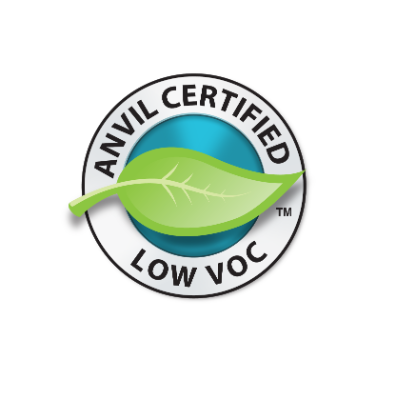


It’s a new year and one resolution we all have on our minds is how to be healthier. In addition to examining our diets and exercise regimens, we should also take a good look at the inside of our homes. Even the cleanest home can be harboring toxins that affect our wellbeing caused by products we use daily. Volatile Organic Compounds or VOCs, are carbon-based chemicals that evaporate at room temperature giving off gases, sometimes odiferous or sometimes alarmingly transparent.
According to the Environmental Protection Agency, some VOCs can irritate the throat, eyes, nasal passages, cause nausea and headaches, increase asthma, and cause damage to the liver, kidneys, and central nervous system. In addition to these health concerns, VOCs also affect our environmental well being by interfering with ozone. The Earth is protected from the sun’s UV radiation by the ozone layer, but when too much ozone is formed at ground level the effect is harmful smog that irritates the lung’s lining like sunburn on the skin.

The chances are extremely likely that you’ve been working with paints or coatings containing some type of VOC or surfaces that have been previously treated with a VOC-based sealant. The majority of the products we use in our homes, even for cleaning, contain varying levels of these chemicals, but there are federal standards to regulate it.
Passed in 1970, the federal Clean Air Act regulates VOC limits for manufacturers and importers of architectural products. For paints, the federal VOC limit is surprisingly high at 250 g/l. State limits on VOC’s can vary so it’s hard for consumers to have a baseline on what limit actually means low VOC. For example, my company Anvil Paints & Coatings, is based out of Florida which doesn't have regulatory definitions on the VOC levels of architectural coatings. Two of our most commonly used products, Eclipse, a concrete primer & coating, and Deck-A-New, a wood sealant and coating, are well below the federal limit at roughly 48 g/l VOC content. We took it upon ourselves to keep our limits as low as possible in the lieu of state standards.

As polymer technology has evolved to provide safer pigments and the movement towards latex products for paints, and natural resins or synthetic binders has grown, low VOC architectural products are entirely possible. At Anvil we research and test our products to ensure that low VOC also translates into quality products maintaining smooth application and fast dry time, that are cost considerate.
Posted on 02/05/2015 at 04:24 PM